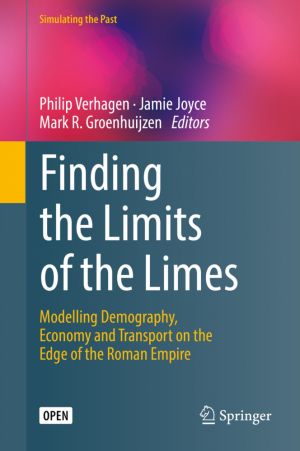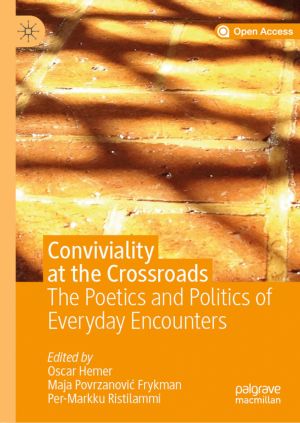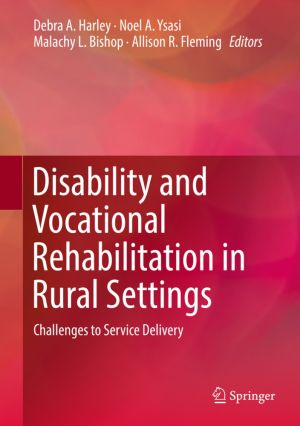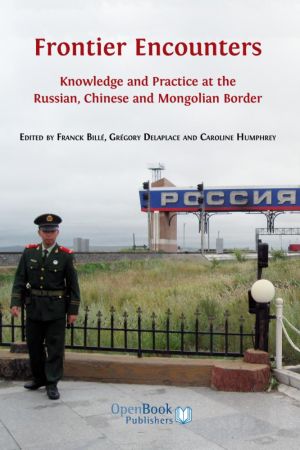Frontier Encounters
Knowledge and Practice at the Russian, Chinese and Mongolian Border
by Franck Billé, Grégory Delaplace, Caroline Humphrey
DescriptionTable of ContentsDetailsHashtagsReport an issue
Frontier Encounters presents a wide range of views on how the borders between these unique countries are enacted, produced, and crossed. It sheds light on global uncertainties: China's search for energy resources and the employment of its huge population, Russia's fear of Chinese migration, and the precarious economic independence of Mongolia as its neighbours negotiate to extract its plentiful resources.
Bringing together anthropologists, sociologists and economists, this timely collection of essays offers new perspectives on an area that is currently of enormous economic, strategic and geo-political relevance.
This collective volume is the outcome of a network project funded by the ESRC (RES-075-25_0022) entitled "Where Empires Meet: The Border Economies of Russia, China and Mongolia". The project, based at the Mongolia and Inner Asia Studies Unit (University of Cambridge), ran from 28 January 2010 to 27 January 2011. That project formed the foundation for a new and ongoing research project "The life of borders: where China and Russia meet" which commenced in October 2012. 






Book Description
China and Russia are rising economic and political powers that share thousands of miles of border. Yet, despite their proximity, their practical, local interactions with each other - and with their third neighbour Mongolia - are rarely discussed. The three countries share a boundary, but their traditions, languages and worldviews are remarkably different.Frontier Encounters presents a wide range of views on how the borders between these unique countries are enacted, produced, and crossed. It sheds light on global uncertainties: China's search for energy resources and the employment of its huge population, Russia's fear of Chinese migration, and the precarious economic independence of Mongolia as its neighbours negotiate to extract its plentiful resources.
Bringing together anthropologists, sociologists and economists, this timely collection of essays offers new perspectives on an area that is currently of enormous economic, strategic and geo-political relevance.
This collective volume is the outcome of a network project funded by the ESRC (RES-075-25_0022) entitled "Where Empires Meet: The Border Economies of Russia, China and Mongolia". The project, based at the Mongolia and Inner Asia Studies Unit (University of Cambridge), ran from 28 January 2010 to 27 January 2011. That project formed the foundation for a new and ongoing research project "The life of borders: where China and Russia meet" which commenced in October 2012.
This open book is licensed under a Creative Commons License (CC BY). You can download Frontier Encounters ebook for free in PDF format (13.1 MB).
Table of Contents
Chapter 1
A Slightly Complicated Door: The Ethnography and Conceptualisation of North Asian Borders
Chapter 2
On Ideas of the Border in the Russian and Chinese Social Imaginaries
Chapter 3
Rethinking Borders in Empire and Nation at the Foot of the Willow Palisade
Chapter 4
Concepts of "Russia" and their Relation to the Border with China
Chapter 5
Chinese Migrants and Anti-Chinese Sentiments in Russian Society
Chapter 6
The Case of the Amur as a Cross-Border Zone of Illegality
Chapter 7
Prostitution and the Transformation of the Chinese Trading Town of Ereen
Chapter 8
Ritual, Memory and the Buriad Diaspora Notion of Home
Chapter 9
Politicisation of Quasi-Indigenousness on the Russo-Chinese Frontier
Chapter 10
People of the Border: The Destiny of the Shenehen Buryats
Chapter 11
The Persistence of the Nation-State at the Chinese-Kazakh Border
Chapter 12
Neighbours and their Ruins: Remembering Foreign Presences in Mongolia
Appendix 1
Border-Crossing Infrastructure: The Case of the Russian-Mongolian Border
Book Details
Title
Frontier Encounters
Subject
Politics and Government
Publisher
Open Book Publishers
Published
2013
Pages
294
Edition
1
Language
English
ISBN13
9781906924874
ISBN10
1906924872
ISBN13 Digital
9781906924898
ISBN10 Digital
1906924899
PDF Size
13.1 MB
License

Related Books

In this rigorous and necessary book, Kristien Hens brings together bioethics and the philosophy of biology to argue that it is ethically necessary for scientific research to include a place for the philosopher. As well as ethical, their role is conceptual: they can improve the quality and coherence of scientific research by ensuring that particular...

This book provides a comprehensive overview of the application of the newest laser and microscope/ophthalmoscope technology in the field of high resolution imaging in microscopy and ophthalmology. Starting by describing High-Resolution 3D Light Microscopy with STED and RESOLFT, the book goes on to cover retinal and anterior segment imaging and imag...

This book demonstrates the application of simulation modelling and network analysis techniques in the field of Roman studies. It summarizes and discusses the results of a 5-year research project carried out by the editors that aimed to apply spatial dynamical modelling to reconstruct and understand the socio-economic development of the Dutch part o...

Rethinking the Internet of Things was a 2014 Jolt Award Finalist, the highest honor for a programming book. And the amazing part is that there is no code in the book.
Over the next decade, most devices connected to the Internet will not be used by people in the familiar way that personal computers, tablets and smart phones are. Billions of inter...

Conviviality has lately become a catchword not only in academia but also among political activists. This open access book discusses conviviality in relation to the adjoining concepts cosmopolitanism and creolisation. The urgency of today's global predicament is not only an argument for the revival of all three concepts, but also a reason to br...

This first-of-its-kind textbook surveys rehabilitation and vocational programs aiding persons with disabilities in remote and developing areas in the U.S. and abroad. Contributors discuss longstanding challenges to these communities, most notably economic and environmental obstacles and ongoing barriers to service delivery, as well as their resilie...

